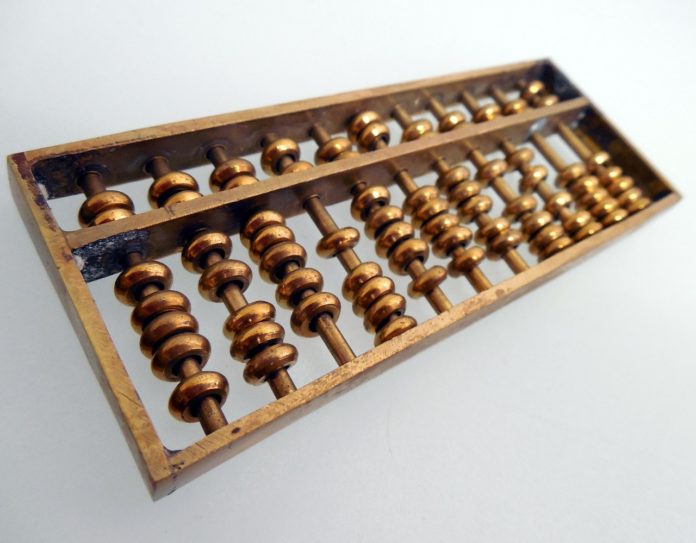The mission to grow ever-quicker and all the more capable PCs has prompted a standout among the most simple strategies for checking being given a 21st-century make-over. And that was the abacus, a tool used for precise and faster calculations.
There are many different types of abaci in the world because of the many different cultures. A new additional type now has been invented by the University of Exeter.
Scientists have developed a nanoscale optical ‘abacus’ which uses light signals to perform arithmetic computations. It works by counting pulses of light. What’s more, it can do this using picosecond (one-thousandth of a billionth of a second) light pulses.
Scientists suggest it could make ready to new, more intense PCs that join registering and capacity works in a single component.
Lead author of the study, Professor Wolfram Pernice said, “In the article, we describe for the first time the realization of an abacus which operates in a purely optical way.”
“Rather than wooden beads as found on traditional abacuses, our innovative device calculates with pulses of light – and simultaneously stores the result.”
Another fascinating thing, this optical abacus is so small that essentially invisible to the naked eye. During experiments, researchers have succeeded in calculating with two-digit numbers using two photonic phase-change cells.
Co-author Prof. Harish Bhaskaran from the University of Oxford said, “Computing with light – and not with electrons, as is the case with traditional computers, means that we can develop much faster systems which can be connected using integrated optical waveguides.”
